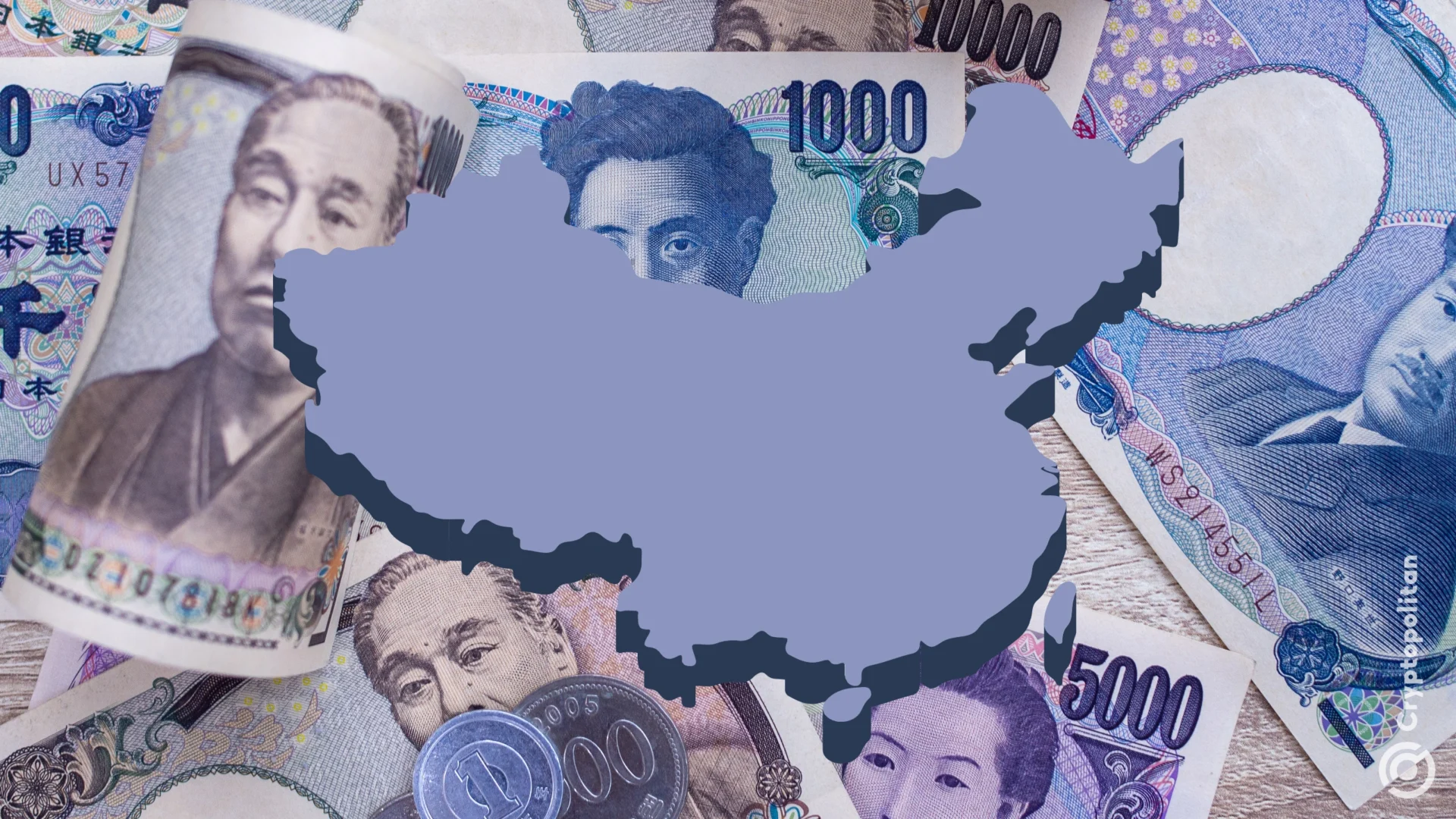China is struggling with rising deflationary pressures. Data from September shows weaker-than-expected consumer and factory prices. This has ramped up calls for the Chinese government to release a larger stimulus package.
But despite the calls, Beijing seems hesitant, leaving markets hanging as investors eagerly wait for clear, decisive action.
Weak inflation, strong concerns
The National Bureau of Statistics reported that China’s consumer price index (CPI) was only up 0.4% year on year in September. This fell short of the 0.6% that analysts had forecasted, and it’s a dip from the 0.6% increase recorded in August.
On the other side, producer prices fell 2.8% year on year, a sharper drop than the predicted 2.6% decline. This is the steepest fall China has seen in the last six months, a significant acceleration from August’s 1.8% fall.
Goldman Sachs linked the slight uptick in consumer inflation to rising food prices. The increase in food costs was driven by adverse weather conditions and the seasonal demand that comes before the Golden Week holiday in October.
However, the weak inflation numbers point to a broader economic problem. Deflationary pressures are taking over, largely fueled by a crippling property market crisis that has seriously dented household demand.
The weak price data lands just ahead of more government data set to be released this week, which is expected to give a clearer picture of how China’s economy is performing.
Analysts predict a two-speed economy. While trade numbers are likely to be strong, the third-quarter GDP numbers, which are expected on Friday, are anticipated to be disappointing.
Growth is forecasted to fall short of China’s official target of 5% year-on-year. If the country’s growth continues to slow and its export engine begins to encounter more barriers, especially with rising protectionism from key trade partners, Beijing will have to act.
China’s stimulus plans disappoint
The first stimulus package led to a brief rally in China’s stock markets, but investors are still anxiously waiting for more detailed fiscal plans from Beijing to back up the monetary efforts.
Unfortunately, these details have yet to arrive, and the lack of transparency has left many disappointed. While markets want the government to take more decisive action, Beijing is walking a fine line.
They want to stimulate the economy, but at the same time, they’re cautious about flooding the market with credit, which could lead to new problems.
Past efforts to pump credit into the system have been blamed for inflating China’s property bubble, a mess that the country is still dealing with today.
All eyes are now on the National People’s Congress, China’s rubber-stamp parliament, which will eventually have to sign off on any extra spending plans.
The timing of their next meeting is still up in the air, but it’s expected to happen soon. China’s producer prices are falling fast, particularly in the heavy industries.
The automotive sector, a crucial part of China’s manufacturing economy, is also feeling the squeeze. The bureau reported that the prices of electric vehicles (EVs) and traditional cars fell by 6.9% and 6.1%, respectively.
The competition in this market is fierce, with too many producers and too much capacity. This has forced many automakers to ramp up low-cost exports, adding more strain to the already-struggling sector.
The situation is getting more tense by the day. A range of recent economic data has fallen short of forecasts, stoking fears that China’s 5% growth target is slipping out of reach.
Analysts are also worried that the country could be facing a longer-term structural slowdown. The International Monetary Fund estimates that China’s central government debt is around 24% of its economic output.
But when you include local government debt, the total balloons to around $16 trillion, or 116% of GDP. The central bank has acknowledged that there’s still “relatively big room for China to issue debt and increase the fiscal deficit.”





